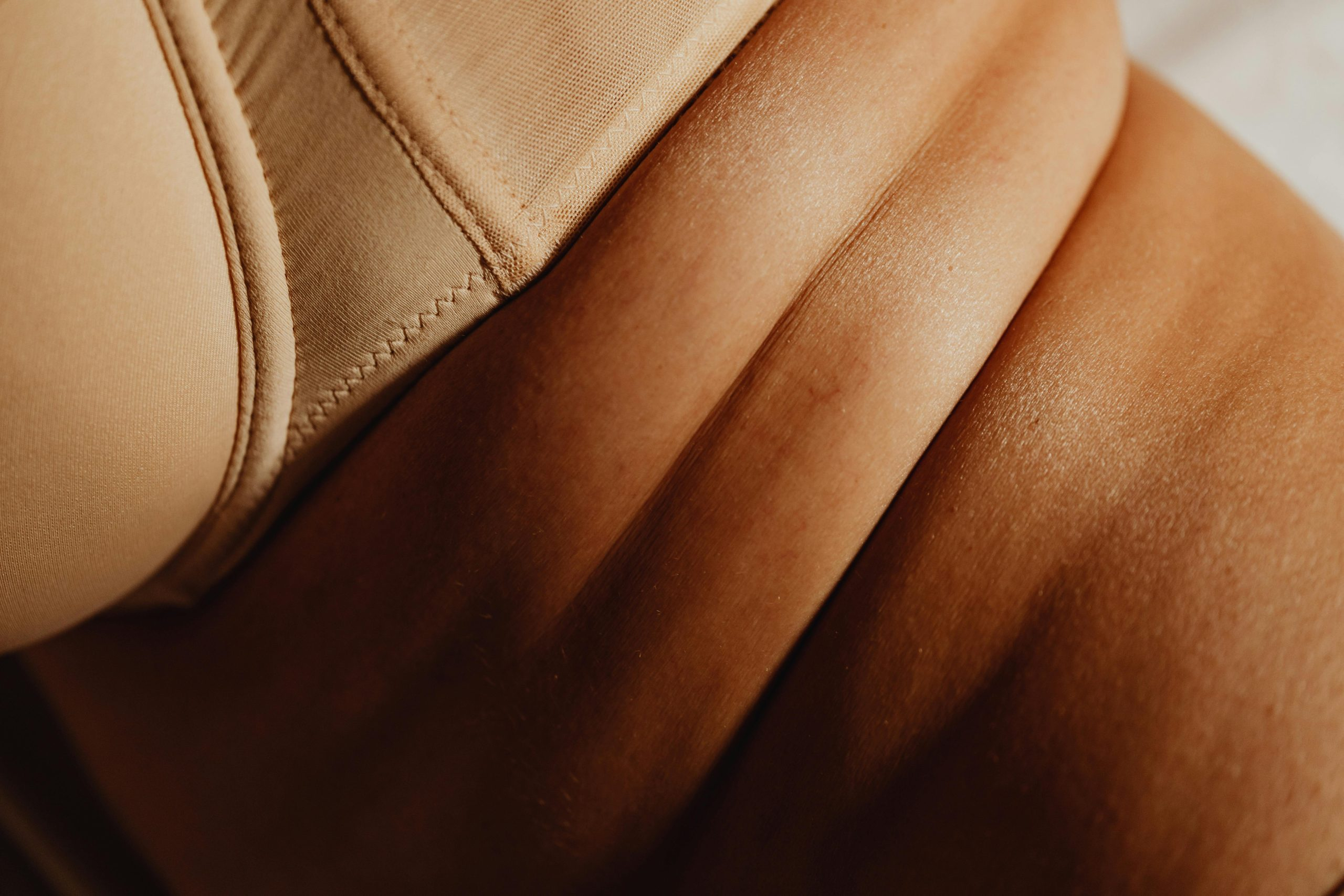Size Inclusivity Fails: Brands That Miss the Mark (and How to Fix It)
In recent years, there has been a growing demand for size inclusivity in the fashion industry. With more and more consumers speaking out about the lack of options for different body types, brands have started to take notice. However, while some are making strides in the right direction, others still seem to be missing the mark. In this article, we will take a closer look at some of the major size inclusivity fails in the industry and explore how these brands can improve and become truly inclusive. So, let’s dive in and discuss the ways in which brands are falling short when it comes to size inclusivity and how they can fix it.
The Definition of Size Inclusivity
Before we delve into the specific brands that are struggling with size inclusivity, let’s first define what it means to be truly inclusive. Size inclusivity is about promoting diversity and inclusivity in the fashion industry by offering a diverse range of sizes and representing a wide range of body types in marketing and advertising. It is about breaking the traditional beauty standards and acknowledging that bodies come in all shapes and sizes.
The Importance of Size Inclusivity
Size inclusivity is not just a trend or a passing fad. It is a necessity. According to the National Institute of Health, more than two-thirds of adults in the United States are considered overweight or obese. This means that the majority of consumers are not being catered to by mainstream fashion brands. By ignoring this significant demographic, brands are not only missing out on potential profit, but they are also contributing to body shaming and promoting unrealistic beauty standards.
Brands That Miss the Mark
Despite the rise in demand for size inclusivity, there are still many popular brands that are struggling to get it right. Here are a few examples of brands that have received criticism for their lack of inclusivity:
H&M
H&M is often touted as one of the more affordable and trendy brands, but when it comes to size inclusivity, they have some work to do. Their “plus-size” line only goes up to size 3X, which is equivalent to a size 22. This means that many plus-size individuals are still unable to find clothing that fits them at H&M. Additionally, their in-store displays often feature only thin models, reinforcing the idea that their brand is not for all body types.
Forever 21
Forever 21 is another popular brand that has come under fire for their lack of size inclusivity. While they do offer a plus-size line, it is often limited in options and not carried in all stores. Many customers have also complained about the difficulty of finding their size in-store, with plus-size options often hidden away in a small corner or at the back of the store. This sends a message that plus-size individuals are not a priority for the brand.
Zara
Zara is often praised for their on-trend and affordable clothing, but when it comes to size inclusivity, they have some room for improvement. Like H&M, their “XL” size only goes up to a size 22, and they do not offer any options for plus-size individuals. Furthermore, their sizing tends to run smaller than average, making it difficult for individuals who wear larger sizes to find clothing that fits them.
How Brands Can Fix It
So, how can brands that have missed the mark on size inclusivity turn things around? Here are a few ways in which they can become more inclusive and cater to a wider range of sizes:
Expand Size Range
The most obvious solution is for brands to expand their size range and offer clothing in a wider range of sizes. This shows that they are prioritizing inclusivity and making an effort to cater to all body types. Brands can also consult with plus-size individuals to ensure that their extended sizes are true to size and fit well on different body types.
Diversify Marketing and Advertising
Another important step towards size inclusivity is to feature a diverse range of models in marketing and advertising. This means including models of different sizes, ages, races, and abilities. By doing so, brands can show that their clothing is meant for all individuals, not just those who fit into traditional beauty standards.
Offer In-Store Availability
While online shopping has become the norm, many plus-size individuals still prefer to try on clothing in-store to ensure a proper fit. Brands should make all sizes available in-store to accommodate these individuals and make them feel included. Additionally, they can train store associates to be more inclusive and make all customers feel welcome.
Size inclusivity is not a one-time effort. It requires ongoing commitment and improvement from brands to cater to a diverse customer base. By paying attention to the failings of the brands mentioned above and taking steps towards inclusivity, the fashion industry can become a more welcoming and inclusive place for all body types and sizes.











